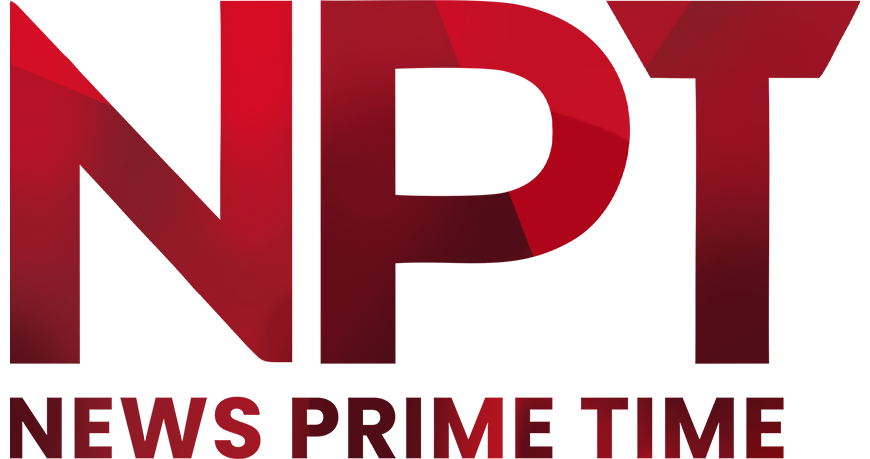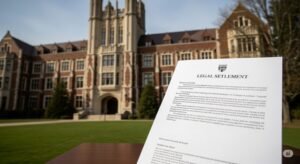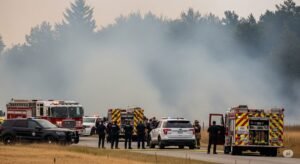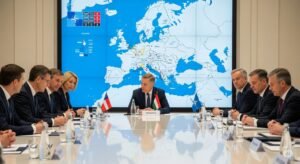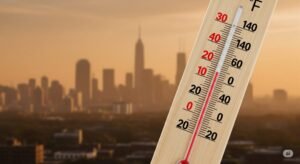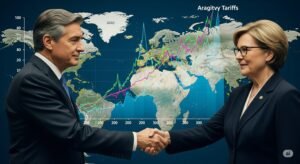Millions across the U.S. unite in “No Kings” protests against a D.C. military parade, opposing authoritarianism and celebrating democracy.
Across the United States, a powerful wave of dissent rose as millions participated in the “No Kings” protests, challenging a large military parade held in Washington D.C. This nationwide movement, encompassing nearly 2,000 locations, stood in stark contrast to the spectacle of military might, reflecting deep-seated concerns over authoritarianism and the direction of the nation.
A Nation Divided: Protests Against Parade
The “No Kings” protests, timed to coincide with the military parade, became a focal point for a nation grappling with its identity. From major cities to small towns, Americans from all walks of life voiced their opposition to what they perceived as an excessive display of presidential power.
- Nationwide Mobilization: Millions took to the streets, marking potentially the largest single-day protest since the current administration assumed office.
- Diverse Voices: The protests drew a wide range of participants, united in their call for a rejection of authoritarianism and a return to democratic values.
- Symbolic Stand: The choice to protest on the same day as the military parade was a deliberate act, highlighting the protesters’ belief in the power of the people over displays of force.
The Parade: A Flashpoint of Controversy
The military parade itself became a symbol of the growing divide in the United States. While some viewed it as a celebration of the armed forces, others saw it as an unnecessary and costly display of power.
- Massive Display: The parade featured thousands of soldiers, military vehicles, and aircraft, showcasing the nation’s military might.
- High Costs: Critics pointed to the significant expense of the parade, questioning its value at a time when many Americans faced economic hardship.
- Symbolism Under Scrutiny: The parade’s timing and nature drew comparisons to displays of power in authoritarian regimes, fueling the protesters’ concerns.
Key Issues Driving the Protests
The “No Kings” protests were fueled by a range of concerns, reflecting a broader unease with the current political climate.
- Immigration Policies: Crackdowns on immigration and the deployment of federal forces sparked outrage and fueled the protests.
- Military Mobilization: The use of the National Guard and Marines to quell protests in Los Angeles raised concerns about the militarization of domestic law enforcement.
- Economic Inequality: Protesters criticized what they saw as “billionaire-first politics,” arguing that the parade’s cost was a misallocation of resources.
